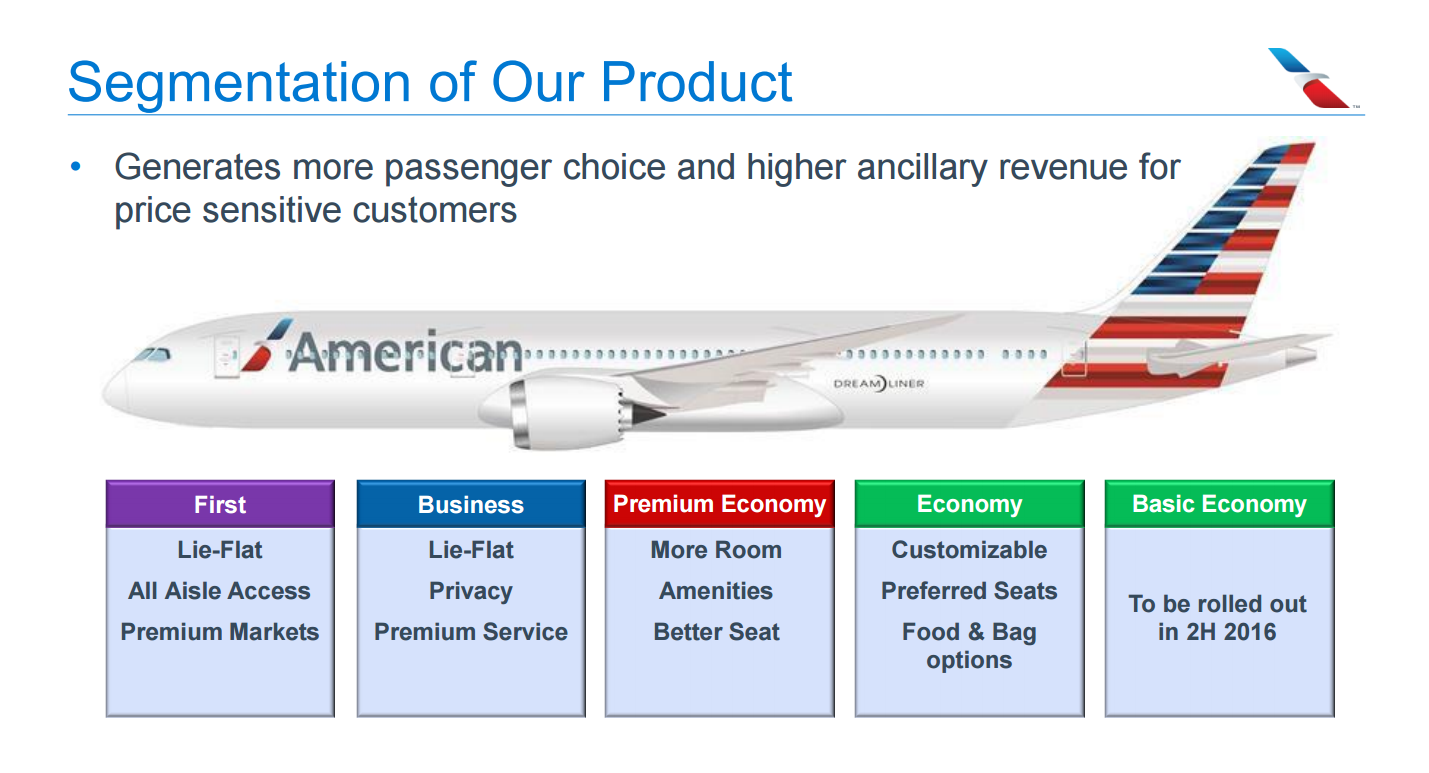Fares are still at a historical low, with fuel prices and airline fare wars creating better prices and market conditions for the consumer. Competition in aviation, as in any business, always ends up benefiting the consumer by driving down fares. Conversely, airlines are reporting record profits in this often unusual win-win economic situation. This blog explores the business and economic reasons for this year’s round of airline fare wars in the North American market.
So the big reason behind these airline fare wars is due to Low-Cost Carriers like Frontier and Spirit Airlines that have been putting downward pressure on ticket prices by focusing on high volume, fast turnaround routes in targeted markets. These targeted markets have included routes historically covered by the big 3 – American Airlines, United, and Delta. In effect, Frontier and Spirit have managed to poke the proverbial bear, and the big three, albeit slow, are beginning to wake up from their slumber. For about a year now, traditional carriers’ “revenue from ach seat flown” metric has been suffering
Passenger revenue for each seat-mile flown declined 8.9% for American in Q1 year on year, and fell 7.4% at United using the same time-frame measure. At the same time Spirit will increase capacity by 65% this year in Los Angeles, (an American hub), while Frontier is slated to grow 12% in Denver (a United hub).
American Airlines and United are following suit, slightly behind Delta (which just unveiled the Basic Economy offering). They will probably take the classic flood the market strategy on select routes, which probably won’t work against LCCs that have significantly lower cost structures. Legacy full-services airlines have announced that by the end of 2016, they will offer basic “unbundled” economy (equivalent to the Spirit and Frontier “bare fare”), with options to upsell into higher fare classes and additional bolt-on ancillaries (like a choice seat assignment, or priority boarding). These rock-bottom fares will probably come with restrictions around refunds, changes and cancellations, without the “frill” of pre-airport seat assignment. From a previous Skift article, we know that ancillaries are big business for LCCs, where it’s been reported 40% of their revenue comes from a la carte ancillaries. So the major airlines are now signalling they plan to go this route as well.

Consumer behavior in Airline Fare Wars
Of course, it takes two to tango, and the offerings from airline fare wars are only as effective as their ability to be booked by passengers. There are a couple of psychological effects in play for would be travelers searching for airline fares that also need to be considered.
- Wine-list effect. Consumers have the tendency to see the lowest price, but then actually purchase the next highest fare, thinking it will lead to better value. Delta, as well as other carriers, have acknowledged this is a thing, and that it could affect the competitiveness of these bargain fares. In seems like as long as Delta, American, or United could offer a fare slightly higher than the the lowest Frontier/Spirit fare, they would be more likely to be selected by a potential passenger.
- Preserving loyalty value. Besides the psychological affect of purchasing the next highest fare for perceived value, customers also have the pattern of purchasing a slightly higher fare for actual value – to maintain the frills they are used to like priority loyalty boarding and assigned seats. American stated that 87% of passengers (50% of 2015 revenue) were not repeat flyers, and probably purchased the fare on the basis of price. This leads to the principle of segmenting products, and targeting those products at customer groups (price-sensitive versus value sensitive).
What does all this mean for the budget traveler? The era of airline price wars is in and that means lower fares for you, but at a decreased value. Gone will be the days of deriving value arbitrage from certain fares, and ushered in is the era of paying for each additional valued feature (ancillary) one at a time.
4 responses to “Airline Fare Wars”
[…] hottest routes out there right now, and consumers always win with airline competition (as explained here). Even though these are still charter flights (e.g. Visa restrictions apply), they will be open to […]
[…] several market condition afoot that are leading to below average fares for the traveler, explained here. Nearly all carriers slashed prices for 4th of July airfare sales last week, and you have a few […]
[…] of the reasons that Labor Day travel was expected to increase is due to falling oil prices and airline fare wares driving airfares lower. Wondering where you might travel to consider these trend will only […]
[…] And, you’ll be able to do it in a cost effective way this year. The average cost of a Thanksgiving travel 2016 round-trip flight this year is $409, following a historic 9.6% decline in fares earlier in the year. We covered this as part of our fare wars blog a while back. […]